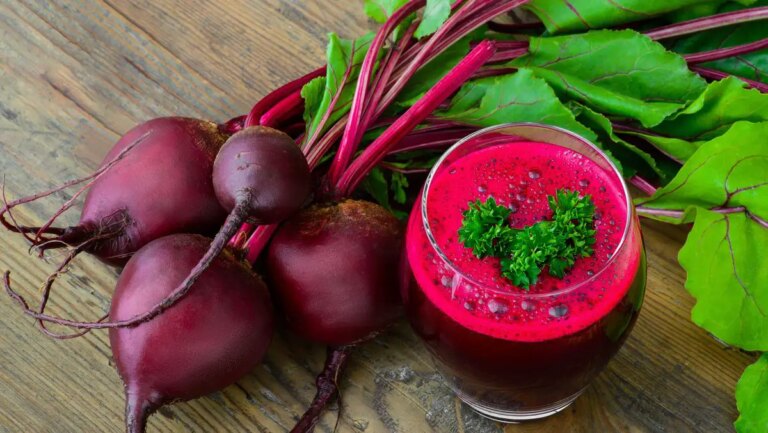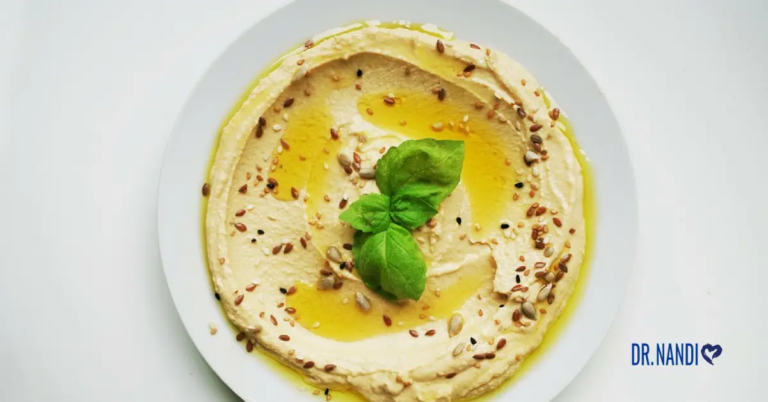“I’d love to eat healthier, but it’s just so expensive.”
This is a common concern that has been expressed to me many times throughout my practice. And maybe you’ve heard it as much as I have, either from those around you or from your own lips.
And while it definitely seems that living a healthy lifestyle should be taxing on your wallet, it doesn’t have to be that way at all! In fact, eating healthy can even help you save money in a lot of ways.
So if you’re worried about having to take up a second job in order to eat right, worry no longer. Try out some of these tips on how to eat healthy on a budget.
8 Tips For Cheap, Healthy Eating
#1. Plan Your Meals
Too often we head to the store with a list of things we think we need (or no list at all!) and end up buying foods that we already have, produce we don’t end up eating, and snacks we really don’t need. Take time during the week to plan what you’re going to eat each day, then buy the ingredients that you need for those meals. It seems simple, but it will definitely save you those hard-earned wages.
#2. Stick To Your List
Once inside the store, it’s tempting to drop one or two additional things into the cart, but soon enough you’re at the register with way more than your budget, or stomach, can handle. If you’ve planned well beforehand, you know that everything you need is on the list, so stick to it at all costs!
#3. Cook At Home
Cooking in your own kitchen is much cheaper than eating out, especially when it comes to healthy eating. If you don’t have time to cook one meal at a time, you can try prepping your meals on the weekends for quick options during the week.
#4. Plan For Leftovers
Try cooking a little more than necessary for every meal to have some leftovers. This will save you both time and money, because you can use these leftovers to pack for lunches, or to re-use in other recipes. It’s a win-win!
#5. Buy Whole Foods
You’d be surprised by how much you can save by cutting out packaged and processed foods from your diet. Not only are these foods seriously lacking nutrition, they are extremely expensive! Even some simple changes can make a big difference, such as buying a block of cheese rather than shredded and canned beans rather than refried. Foods that have fewer ingredients are generally sold in larger quantities, giving you more for your buck.
#6. Buy Generic And Store Brands
Find out what the brand is for the store you are shopping at and try to purchase that as much as possible. Often the quality is as good, if not better, than any name brand, and it will always be cheaper! A couple dollars off each item on your list will really add up.
#7. Replace Meat With Other Proteins
While protein is an important part of a healthy diet, meat isn’t the only way to get it. Try limiting your meat consumption throughout the week by using other protein sources such as legumes, seeds, and eggs. These are inexpensive, nutritious, and easy to prepare.
#8. Buy Produce In Season
In order to get produce that’s not in season, it has to be transported over long distances, making it more costly. Local produce in season is a much more inexpensive option. Frozen fruits and vegetables are also great when it comes to saving money on produce.
Conclusion
While eating healthy can sometimes seem like a distant luxury, it’s actually a lot more accessible than you think! These tips are great ways to get you started on a healthy diet without breaking your wallet. You’ll feel healthier and richer all at once!



















